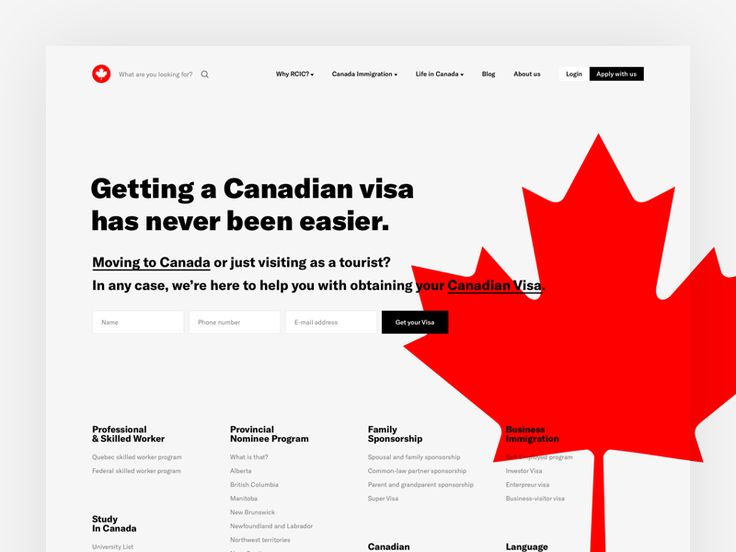Everything you need to know
From buying a vehicle to insurance, permits and regulations: these are the rules of the road.
Mike is passionate about sharing his love for the North with the rest of the world.
updated on
April 28, 2022
It's tempting to think that ATVing means just buying a four-wheeler and hitting the dirt roads. But there are "must-knows" that a responsible ATVer needs to have in place before getting started. You need to purchase the right ATV for your needs, register your vehicle, get insurance, understand safety concerns, become familiar with the trail rules and regulations, and get proper permits for each trail.
It can seem like a lot, which is why we've put together this simple resource so you can be assured you've done everything right and can get on the trails ASAP.
Note: This is a work in progress. If you have any comments or concerns regarding this page please notify us at [email protected]
This is going to come up a lot, so best to get to it right off the top. ATVing will take you to places you'd never be able to get to and see things that most people don't get anywhere near. But with this advantage comes great responsibility. A lot of the trails are on Crown Land or private property, and the use of them hinges on our respect for these areas that we are afforded access to. Among ATV circles in Ontario, we refer to the Golden Rule: "If you don't know, don't go!" Stay on designated trails. Do not disturb the wildlife and surroundings of the trails. Leave a place as you found it. If you're not sure if you should be riding somewhere, then don't!
First things first: you need to get your hands on a ride. Click here for a list of every ATV dealer in the province. Buying new can cost anywhere between $5,000-$12,000 with exceptions on either end. And as for buying a used ATV, of course, you'll pay less. Sometimes as low as $3,000, but again, there are as many exceptions to the rule as there are not.
Buying new can cost anywhere between $5,000-$12,000 with exceptions on either end. And as for buying a used ATV, of course, you'll pay less. Sometimes as low as $3,000, but again, there are as many exceptions to the rule as there are not.
Pick something that you feel you can handle. It's most important that you are safe and in control of your vehicle. Especially if it's your first foray into the sport. There will be time to upgrade. Ask your local dealer for advice or check with fellow riders on popular Ontario ATV forums like Can-Am ATV Forum.
Now to ride your newly purchased ATV, the law requires that it be insured under a motor vehicle liability policy. In Ontario, this means an automobile insurance policy. Without this, you are not allowed to ride anywhere but your own property.
 In fact, personal and farm liability policies usually exclude "the operation of any vehicle subject to motor vehicle registration" such as Off-Road Vehicles. Therefore they would offer no protection or defense against legal action.
In fact, personal and farm liability policies usually exclude "the operation of any vehicle subject to motor vehicle registration" such as Off-Road Vehicles. Therefore they would offer no protection or defense against legal action. For more information, obtain a copy of the Off-Road Vehicles Act, R.S.O. 1990, c.0.4. by visiting http://www.e-laws.gov.on.ca/index.html
The penalty for operating a vehicle without insurance is $5000. Coverage varies widely from company to company with some agents requiring that you bring all your other insurance to them as well while other will not even provide insurance for ATVs at all. The OFTR reports that Nicole McCann of Desjardins insurance is familiar with ATVs.
3. Registering/Licensing Your ATVThe Off-Road Vehicles Act requires that an ATV must be registered and plated by the Ministry of Transportation. In order to register you must have proof of insurance (see step 2.) ATVs cannot be registered to anyone under 16 years of age. A one-time fee can be paid at your local Driver and Vehicle License Issuing Office. Have a look at the Ministry of Transportation's rules and regulations at: http://www.mto.gov.on.ca/english/dandv/orv.shtml or download this handy Smart Ride Safe Ride document to get familiar with all of the rules before you head out.
A one-time fee can be paid at your local Driver and Vehicle License Issuing Office. Have a look at the Ministry of Transportation's rules and regulations at: http://www.mto.gov.on.ca/english/dandv/orv.shtml or download this handy Smart Ride Safe Ride document to get familiar with all of the rules before you head out.
Once you've insured and registered your ATV, you should gain an awareness of the laws regarding off-road and on-road riding.
Municipalities have the authority to determine whether or not off-road vehicles should be allowed access to roads under their authority. Municipalities must put a by-law in place for ORVs to be allowed access to their roads. Municipalities can determine which roads, where on the road, time of day, and season ORVs are allowed access. They can also set speed limits that are lower than those set out in the regulation. If a by-law does not exist, ORVs are not allowed access to that municipality's roads. Check with your local club or permit dealer for what is going on in your area.
Check with your local club or permit dealer for what is going on in your area.
OFF-ROAD RIDING:
ON-ROAD RIDING:
 35m (excluding mirrors) may travel along some provincial highways and on municipal roads, only if the municipality has a bylaw permitting their use. NOTE: Two-Up ATVs and Side by Sides have recently been allowed access to many provincial highways and most municipal roads. Click here for the full list of where you cannot ride. They can be driven directly across a highway (where permitted), if the driver is 16 years of age and holds a valid driver's license.
35m (excluding mirrors) may travel along some provincial highways and on municipal roads, only if the municipality has a bylaw permitting their use. NOTE: Two-Up ATVs and Side by Sides have recently been allowed access to many provincial highways and most municipal roads. Click here for the full list of where you cannot ride. They can be driven directly across a highway (where permitted), if the driver is 16 years of age and holds a valid driver's license. 
SPEED AND RULES OF THE ROAD
Ok, we're getting closer to the good stuff—actually hitting the trails! To be a positive member of this community, you'll need to get to know a bit about the situation. ATVers have to work harder than most for their reputation. Going off the trails or onto private property, engaging in reckless or excessively loud riding can can give ATV riding a bad name and ruin the fun for everyone.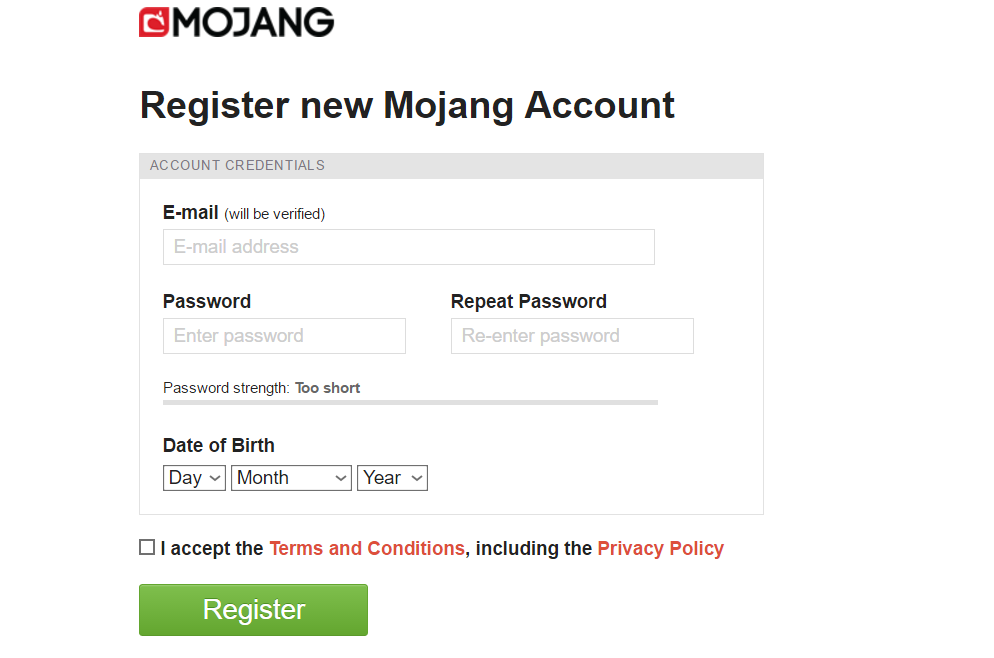 If a property owner receives a complaint, or doesn't feel that the users are being respectful, they will revoke the use of their land. This is how trails get shut down. So be sure to get familiar with the Trail Rules and Regulations, and keep ATVing known for what it is—a safe and fun recreation for the adventurous spirits found across the province!
If a property owner receives a complaint, or doesn't feel that the users are being respectful, they will revoke the use of their land. This is how trails get shut down. So be sure to get familiar with the Trail Rules and Regulations, and keep ATVing known for what it is—a safe and fun recreation for the adventurous spirits found across the province!
 Avoid excessive noise.
Avoid excessive noise. Now that you've got your ATV registered and insured it's time to decide where you want to go! This is Ontario so there are a lot of choices.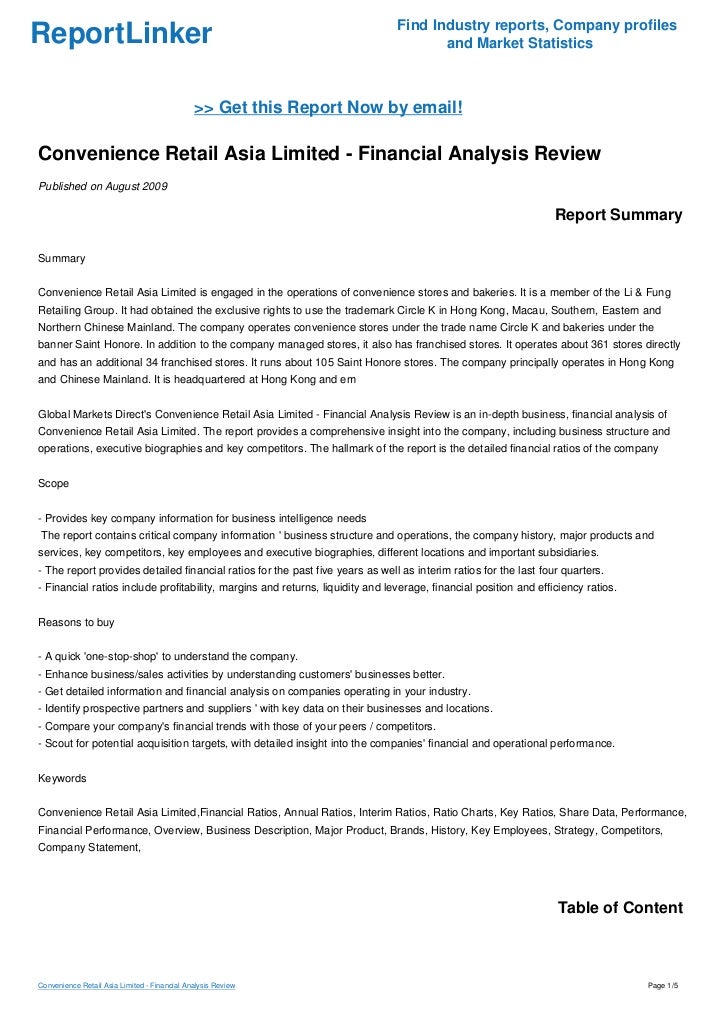 Annual, monthly or daily permits can be purchased online or directly from a club in your area. In some cases daily passes can be obtained from local businesses or even trail side locations. This is a great option if you just want to try out the trails of an area but don't want to commit to a year-long permit.
Annual, monthly or daily permits can be purchased online or directly from a club in your area. In some cases daily passes can be obtained from local businesses or even trail side locations. This is a great option if you just want to try out the trails of an area but don't want to commit to a year-long permit.
There are three major organizations allied with the many clubs throughout the province. Each has its own membership requirements, rules & regulation and system of trail passes.
The Ontario Federation of ATV Clubs (OFATV) is a volunteer-driven, not-for-profit organization maintaining trails from Windsor to East of Ottawa.
The annual permit costs $150 ($132.74 + tax). Your new or renewed OFATV Permit is much more than just a trail permit. Joining an OFATV club gives you the opportunity to shape the future of the sport and participate in the development of a province-wide trail system.
Up to 75% of your permit dollars are used to build and maintain ATV trails in the area in which you chose to sponsor when you purchased your OFATV trail permit.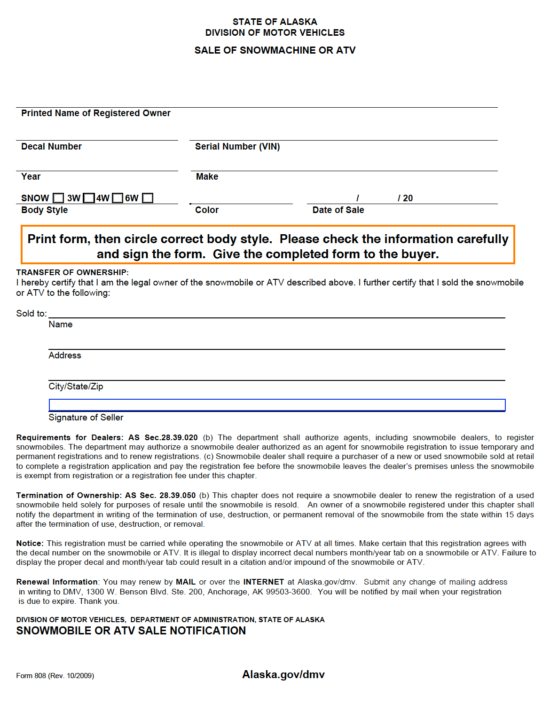 This is why it is extremely important to “buy where you ride” The remaining 25% pays for government taxes, (HST) liability insurance, government lobbying, and helps to cover the operating expenses of the OFATV.
This is why it is extremely important to “buy where you ride” The remaining 25% pays for government taxes, (HST) liability insurance, government lobbying, and helps to cover the operating expenses of the OFATV.
Click here to purchase an OFATV annual membership or here for information on family discounts and the $55 3-day passes.
Click here to check out the QuadON interactive trail guide.
The Eastern Ontario Trail Alliance trail network manages over 700 km of trails for ATVing as well as snowmobiling, hiking, cycling, horseback riding, and canoeing connecting communities from the Bay of Quinte as far north as Algonquin Park. Click here to view the EOTA interactive trail map.
Annual EOTA trail passes are $150, weekly ones are $75, and day passes are $20.
Passes can be purchased online, in person at one of the listed vendors, or by printing out the pdf form and mailing/faxing it in to them.
Responsible for over 6,000 km of trails around Georgian Bay, Elliot Lake, Mattawa, Cochrane and Haliburton, ATV Ontario's goal is to advance the Province of Ontario as the preeminent ATV tourism destination in North America. Funds from pass sales are useful for maintaining the trails and to fight for the rights of ATVers.
Funds from pass sales are useful for maintaining the trails and to fight for the rights of ATVers.
Now you're off to a good start. Keep it up by always making safety the first concern and don't worry, the fun comes easy!
Find Your True North
Sign up now to get stories, news, and travel tips
First name
Email address
We will never spam you and will never share your e-mail. Please see our privacy policy.
Thank you for subscribing!
Mike Jacobs Mike is an avid Northern traveller, having spent years traversing its backroads, and visiting its remote lodges and fun cities by car, RV, motorcycle, and boat. There's always something new to discover in the North and Mike never shies away from the next great adventure.
Find Your True North
Sign up now to get stories, news, and travel tips
First name
Email address
We will never spam you and will never share your e-mail. Please see our privacy policy.
Please see our privacy policy.
Thank you for subscribing!
X
Off-road vehicles (ORVs) are year-round utility and recreational vehicles that must be:
When riding on-road or off-road the driver of an ORV must carry and produce the registration permit or a true copy and proof of insurance for the ORV.
ORVs that are permitted to travel on certain roads and highways include:
ORVs permitted on provincial highways can travel on:
You cannot drive ORVs on:
Review Ontario Regulation 316/03 for a complete list of provincial highways where on-road ORVs are permitted as well as prohibited.
Municipalities have different rules for ORVs, and not all municipalities allow them on roads.
Before driving an ORV on a municipal road:
You cannot drive ORVs where there is no bylaw in place and the municipality is not listed under Ontario Regulation 8/03.
When travelling along a road, your ORV must:
Where permitted, you can drive an ORV to cross a highway only if:
When driving your ORV on trails, private property or Crown land (government-owned land), ride in designated areas only. You may require a trail permit and must always have the land owner’s permission.
You may require a trail permit and must always have the land owner’s permission.
On roads, ORVs must travel at speeds less than the posted speed limit for cars and trucks:
| Posted speed limit for cars and trucks | Maximum speed limit for ORVs |
|---|---|
| Roads where the speed limit is over 50 km/h | 50 km/h |
| Roads where the speed limit is 50 km/h or less | 20 km/h |
Municipalities can set lower speed limits or have additional guidelines.
When riding on-road or off-road, drivers and passengers must wear an approved motorcycle helmet, securely fastened under the chin with a chin strap.
For on-road riding, a driver must:
For off-road riding, the driver must:
For on-road riding, a passenger on an ORV:
Passengers are not permitted on off-road motorcycles (ORMs).
There are no restrictions for passengers when off-road.
Follow these tips to stay safe when riding an ORV:
Our blog Want to ask a question?
Trademark registration is through the Canadian Intellectual Property Office (CIPO).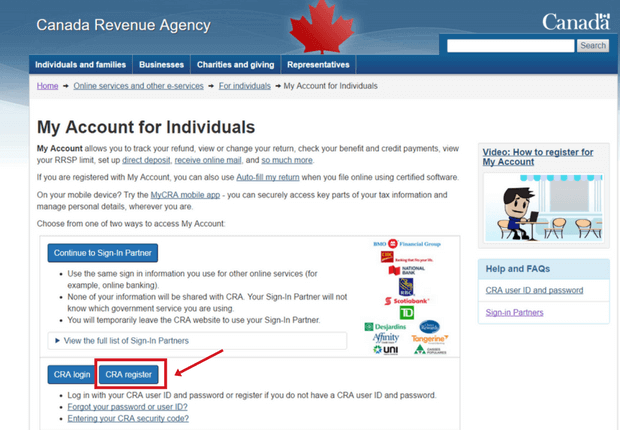 To apply for trademark registration in Canada, a Russian applicant needs to follow approximately the same steps as in Russia:
To apply for trademark registration in Canada, a Russian applicant needs to follow approximately the same steps as in Russia:
The approximate duration of the procedure is about 5-12 months.
You can apply for trademark registration in Canada online on our website.
How an application becomes a trademark:
Stage 1. Preliminary check. We confirm your chances of registering a trademark. Takes approximately 5-9working days.
Stage 2. Preparing and submitting an application. We prepare and send all documents to the Canadian Patent Office. Takes approximately 2 business days.
Stage 3. Expertise. The Canadian Patent Office reviews your application. It will take approximately 1-1.5 years.
You will receive a Trademark Certificate if the Office makes a positive decision. If you are registering your trademark in several countries at once, it may be more economical for you to make an international registration under the Madrid Agreement.
If you are registering your trademark in several countries at once, it may be more economical for you to make an international registration under the Madrid Agreement.
Tests and games
Trademark Cost Calculator How much does it cost to register a trademark:
How much does it cost to register a trademark?
Trademark registration with Rospatent:
does not depend on the type of trademark
Preparation, filing of an application: 13 490 ₽
Preparation, application submission, electronic office work: 24 990 ₽
Preliminary check for similarity with other trademarks:
is needed if the sign has just been invented
We have been on the market for a long time, verification is not needed: 0 ₽
Preliminary check: 19 990 ₽
Do you know how many classes of the Nice Classification you need?
usually need 2-3 classes
-
+
Don't know what classes of the Nice Classification you need?
It will cost:
Services 24 490 ₽
Duties 10 500 ₽
1-2 working days
Without office visit
Total: 32 980 ₽
fee for issue in a year + 12 600 ₽
Register now!
Where a regular scooter can't go, and an SUV with a car seat installed is not affordable when you want to ride a child, an ATV will easily fit.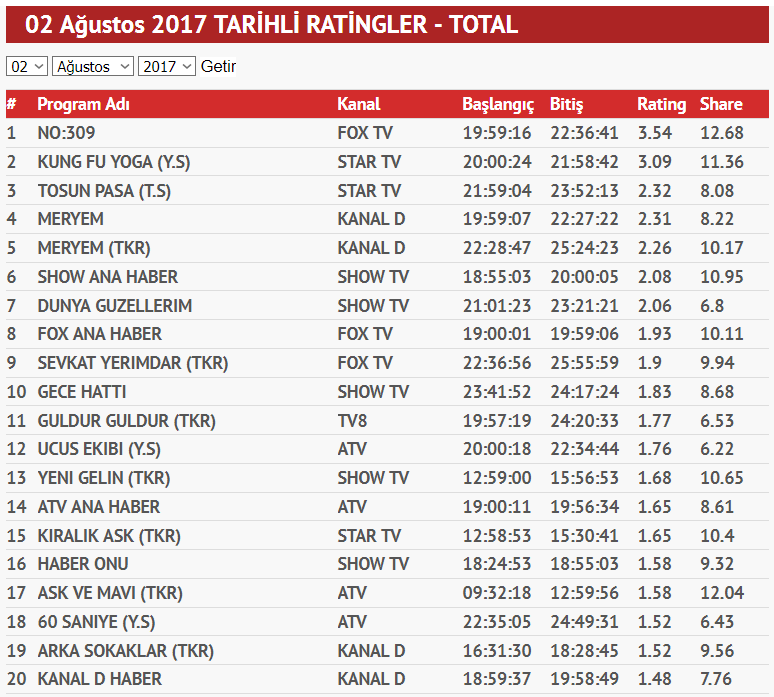 Every year there are more and more owners of this transport in Ukraine. And not surprisingly, the small size, stability, power allow him to get into such off-road conditions, where you can’t go in ordinary life.
Every year there are more and more owners of this transport in Ukraine. And not surprisingly, the small size, stability, power allow him to get into such off-road conditions, where you can’t go in ordinary life.
Extreme driving is what this vehicle is for. For this, sand, snow, mountains, swamps and simply rugged terrain are often visited by hunters, fishermen and just lovers of extreme recreation. But not everyone knows whether a license is needed for an ATV, and whether it is possible to ride it without a license.
But in vain. Transport is popular and attention to it from the police is becoming more and more closely. So, what kind of license do you need, at what age can you get an ATV license and what ATVs can you drive without a license?
According to the Decree of the Cabinet of Ministers of Ukraine 340 “Regulations on the procedure for issuing driver's licenses and allowing citizens to drive TK” and the Law “On Road Users”, the acquisition of rights is necessary to drive any motorcycle and motor vehicles, including ATVs.
The driver's license is obtained in a standard way after training and passing a theoretical and practical driving test. Since the ATV is included in the list of vehicles that require a driver's license, courses and exams are indispensable.
The answer to the question of whether a license is needed to drive will not be complete without indicating what category of license future drivers need.
An ATV is a four-wheel off-road vehicle. Some models have power over 40 hp. To drive an ATV with an engine capacity of 200 cubic meters, you need a category B1 driver's license. There are also restrictions defined by law, the weight of the vehicle is not more than 400 kg, but the engine capacity is not more than 50 cubic meters, a reason to ride without a certificate.
If you plan to take an ATV license exam, check that you meet the legal requirements.
The first question usually concerns the age at which age you can get a license to drive an ATV? You must be at least 18 years of age to enroll in courses and qualify.
There are other requirements:
To avoid fines and misunderstandings, it is important to study at a training center with the appropriate license and permission. Then your driver's license will be absolutely legitimate.
In order for the ATV license to open up opportunities for you to ride it to your heart's content, you must provide the following documents:
If you have passed the exam, you will be issued a B1 license for a period of 30 years.
What kind of license is needed to ride an ATV in public places? And where exactly are you going to ride the ATV?
If you want to drive on public roads, you need to know where to get your license.
If your route will run from the suburban area to the river and away from the crowds of people and cars, you can do without a certificate. Especially if you buy inexpensive vehicles with a small engine.
In all other cases, you must complete the training and pass the exam. What rights are needed, we told above. Or you can ask clarifying questions at the driving school where you plan to study.
If you're buying a small ATV with an engine no larger than 50cc and you plan on having a child ride it, you don't need an ATV license. The rights to a children's ATV are needed if you buy a powerful device up to 200 cubic meters and operate it on the roads. And in the village, at the dacha by the river, the rights to a children's ATV are not required.